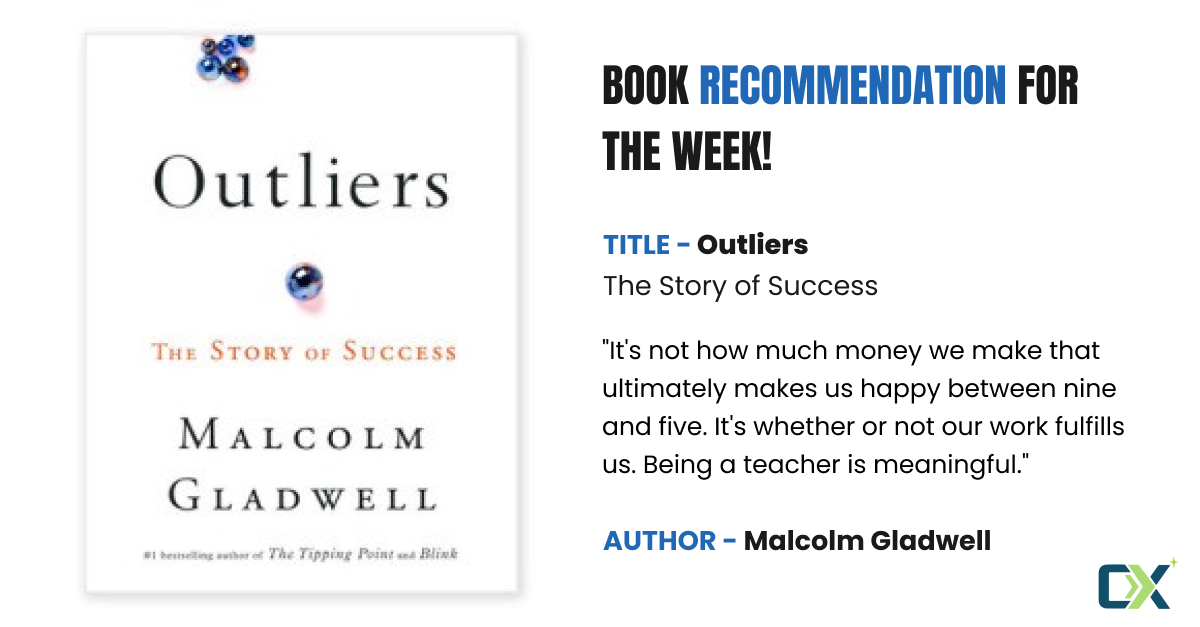Work-life balance is one of the biggest conundrums of our times. The idea first originated during the industrial revolution to encourage people to have a healthy family life beyond factory shifts. However, with the 9–5 shifts long dead and buried, the notion of having a perfect work-life balance remains nothing more than a historical anomaly — out of touch with reality. Therefore, it is unfortunate that this flawed idea still continues to dictate people’s work choices and remains a fashionable topic of discussion in the industry.
The flaws in the theory
According to Sheryl Sandberg, the COO of Facebook, “There’s no such thing as work-life balance. There’s work, and there’s life, and there’s no balance.”
The biggest flaw in this theory is the 50/50 approach which suggests that we balance our work and personal life. In reality, we spend most of our time at work and therefore, this goal of giving equal attention to both seems pretty elusive and airy-fairy.
Another gaping hole in the work-life balance theory is the fact that it considers work exclusive of life and strives for a balance between the two, which could not be further from the truth. Work is an essential part of life and can’t be, at any point, held mutually exclusive of life. At times, you will be faced with competing priorities and you will be required to burn the candle at both ends. Depending on your priorities and aspirations, you will have to do what it takes to bring your dreams to fruition, and you will have to learn to accept your choices and live with the consequences.
This is the reason why people seeking work-life balance end up being disappointed, depressed or disillusioned. This flawed theory allows them to believe that they can have everything if they compartmentalise life in different departments- work, family, social life, and personal time. They get sucked up in the never-ending race of having the best of everything, and eventually run the risk of burning-out. What work-life model fails to enunciate is the fact that it is difficult to compartmentalise life and, more often than not, you will find the different aspects of your life spilling into each other.
The Microsoft story
In one of his interview, Bill Gates famously said that he was fanatical about work during his early days. “I worked weekends, I didn’t really believe in vacations.” It was only when Microsoft business gathered steam that Bill Gates decided to take it slow and think about other things in life. If you look at the track-record of other tech geniuses, too, be it Jeff Bezos or Steve Jobs, you will see a similar strain of workaholism. It just goes on to establish the fact that the initial years are always the most challenging, be it your career or even your enterprise. If you want to be successful and carve a name for yourself, you will have to, in the words of Sheryl Sandberg, “lean in” and work hard.
Efficiency is the key
You’re the same person trying to fit into different roles. The key is to know what roles you are supposed to be in, and when you are supposed to be in them. You can still be a parent while at work and an accountant while at home. It is perfectly alright to carry your work back home once in a while, and finish the backlog. Similarly, don’t feel guilty about leaving office early to attend your child’s sports event. Truly, it’s all about your efficiency and fluidity to fit into each role smoothly. Work-life balance is just a myth. Below are a few ways to help you improve your productivity and efficiency.
1. Time management — the secret sauce of happiness
Time management is a chief ingredient that goes into making a perfect life recipe. Following a priority list of tasks that you wish to accomplish each week will help you stay focused. However, you have to be ready for any ad hoc changes. For instance, if a sudden work-related travel has thrown a wrench in your plans of playing a game of Scrabble with your kid, don’t feel guilty about sacrificing the family time for work. Instead of feeling overwhelmed because of this trade-off, remember to barter some low-priority task on the list with a Scrabble game with your kid.
It is of great essence to learn to prioritize the tasks and wing everything as it comes. Also remember to shift your priorities and focus your energies on what must be done, as per the need of the hour. You have to know what matters when. This is the cardinal rule of time-management.
2. Gauge your time-management skills
One simple test to appraise your time-management skills would be to look at your high priority and urgent tasks. If every task on your list calls for a sense of urgency that is entirely disproportionate to its priority, you know that your priorities have gone awry and you must re-evaluate your approach to work and life, at large.
3. Assess your situation and act accordingly
Remember that it is nearly impossible for anyone to follow the 50:50 distribution of work and life, as suggested by the work-life theory. Instead, strive for a ratio that works best for you. It is your time. Customize it according to your priorities and do what feels the best to you. For some, spending 80 percent of their time at work and 20 percent outside work sounds ideal; for others, the ratio might be different. Toss away the old myth about the need to balance work and life. Just like everything else in life, find a rhythm that suits your situation the best. ‘Perfect balance’ is illusive,‘harmony’ is what you should aim for.




Leave a Reply